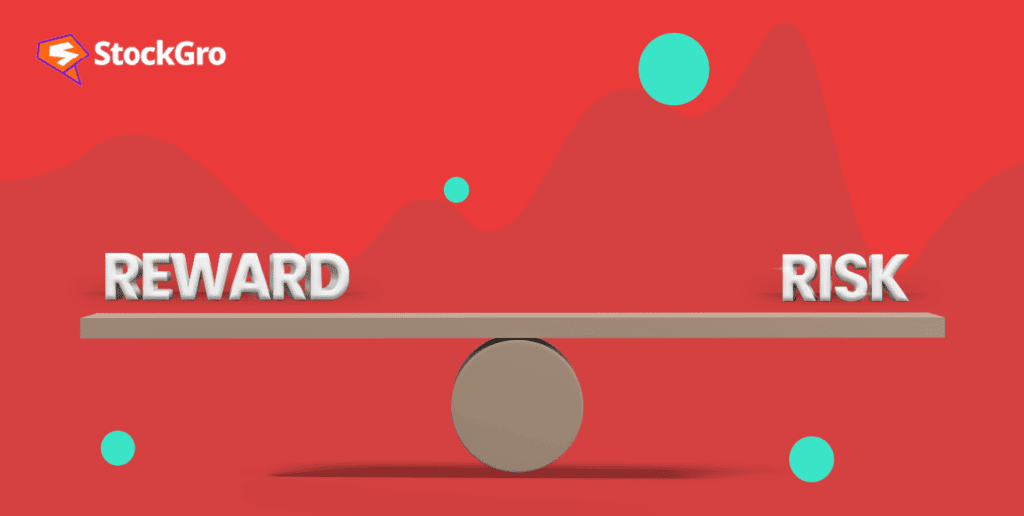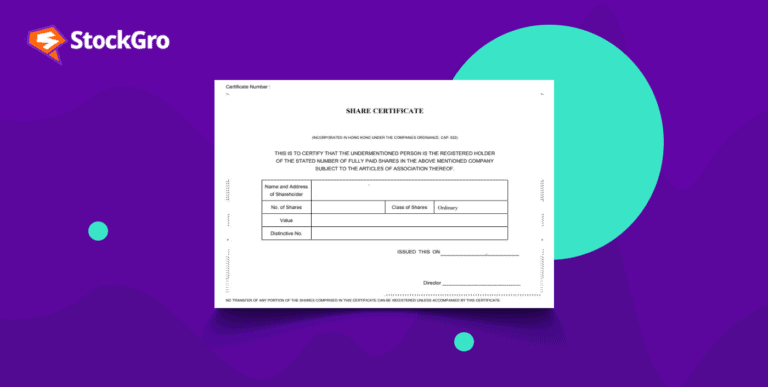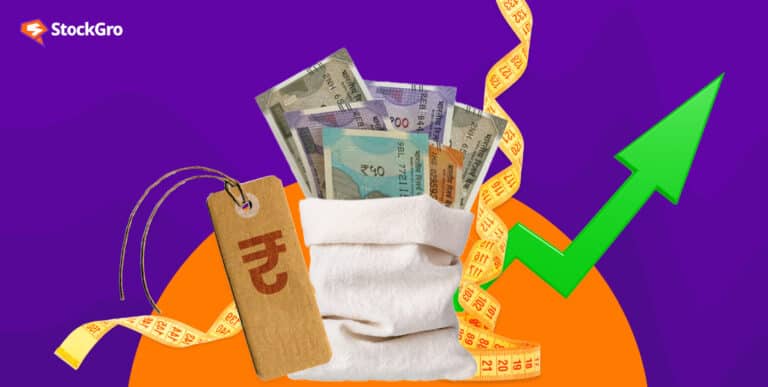
How do you choose your investments? Return on investments is one of the primary factors that helps us choose one investment avenue over the other. Do you agree?
The simplest way of calculating the return on investment is to divide the income by cost and ascertain the percentage of profits. But there are other factors like risk, time value of money, opportunity cost, etc., that are not part of this straightforward calculation.
So, how do we account for such factors? RAROC helps us in getting one step closer to it.
In this article, we try to shed light on the concept of RAROC, its calculation, and how it is better than the regular method of calculating returns.
You may also like: Key risks in investing in the stock market
What is RAROC?
The full form of RAROC is Risk Adjusted Return on Capital.
Risk Adjusted Return on Capital is a way of calculating returns with a slight alteration to the regular return on investment calculation. As the term suggests, it factors in the component of risk. Understand the relationship between risk and your personal investment goals.
Risk-free investments are seldom available in the financial market. Every investment has a degree of risk associated – for some, the risk is lower, and for others, it is higher.
Risk Adjusted Return on Capital recommends using the risk factor, as using the plain calculation method for investments with varying risks can be misleading.
Bankers Trust and Dan Borge introduced Risk Adjusted Return on Capital in the 1970s. While banks use this to determine financial risks, non-banking firms use this to analyse operational risks.
What is a risk-adjusted return?
Risk-adjusted return is a profit calculation methodology that suggests considering the risks that have to be borne to earn a certain level of return.
When comparing two investments offering similar returns, the one with a lower risk rate is said to have a better risk-adjusted return.
RAROC formula
RAROC = (r-e-l+RoC) / C
where,
r = Revenue
e = Expenses
l = Expected losses
RoC = Return on capital from risk-free investments
C = Capital
Also read: Understanding the risk-free rate of return – meaning and components
What does RAROC indicate?
RAROC believes that a higher risk leads to higher returns and vice versa. It is a suitable metric that allows the analysis of the companies’ profitability in different sectors, keeping in mind the risk factor.
The capital here refers to economic capital. Economic capital is the minimum capital that a company requires to run despite all the risks.
Using Risk Adjusted Return on Capital helps companies allocate the right amount of capital for different sections of the business. RAROC is useful in managing risks effectively and evaluating the company’s performance by measuring the returns against all odds.
It is also essential here to note that there is another ratio that is often confused with Risk Adjusted Return on Capital. It is RORAC. Though they are similar in a way that both ratios consider the risk factor, the adjustment of risk happens against different components.
RORAC stands for Return on Risk Adjusted Capital.
While RAROC adjusts risks against returns, RORAC adjusts risks against the capital.
Another variation to the concept of including the risk factor while calculating returns is RARORAC. It is a combination of RAROC and RORAC.
RARORAC stands for Risk-Adjusted Return on Risk-Adjusted Capital.
Here, returns and capital are both adjusted against risk to calculate the overall return on investments.
Also read: Unlocking financial insights: The power of ratio analysis
Example
Consider Company ABC has two project proposals. The details are as follows:
| Project A | Project B | |
| Capital requirement | ₹ 15,00,000 | ₹ 20,00,000 |
| Revenue | ₹ 10,00,000 | ₹ 13,00,000 |
| Expense | ₹ 2,00,000 | ₹ 3,50,000 |
| Expected loss | ₹ 1,50,000 | ₹ 2,75,000 |
| Income from capital | ₹ 1,00,000 | ₹ 75,000 |
RAROC of Project A:
= (10,00,000 – 2,00,000 – 1,50,000 + 1,00,000) / 15,00,000 = 7,50,000 / 15,00,000
= 50%
RAROC of Project B:
= (13,00,000 – 3,50,000 – 2,75,000 + 75,000) / 20,00,000 = 7,50,000 / 15,00,000
= 37.5%
So, Project A offers a 50% risk adjusted return on capital against Project B, which offers a 37.5% risk-adjusted return.
If Company ABC’s potential to bear risks is high, it will choose Project A, else Project B.
Benefits and limitations of RAROC
Pros of using RAROC:
- Companies that use Risk Adjusted Return on Capital can be more efficient in allocating their capital to the right needs. Risk Adjusted Return on Capital allows optimum utilisation of resources as it suggests the areas that provide the highest returns despite the risk.
- Risk Adjusted Return on Capital anticipates and accounts for losses. Expecting losses beforehand helps firms formulate strategies to mitigate risks and be prepared to manage crises more efficiently.
- Ratios like Return on Equity (RoE) or Return on Investment (RoI) provide basic views of the company’s profitability, whereas risk-adjusted ratios are more comprehensive and holistic as they account for various factors involved in earning profits.
Cons of using RAROC:
- Risk Adjusted Return on Capital is a complex concept. The calculation is tedious as it will require businesses to calculate returns and losses for each business unit. If these numbers are inaccurate, it can lead to an incorrect RAROC, which may impact management decisions.
- There is no standardisation to interpret Risk Adjusted Return on Capital values. While some people view high Risk Adjusted Return on Capital as a good investment since it offers high returns, others view it as an unsafe investment as it involves high risks.
- There are various measures to calculate the risk factor in Risk Adjusted Return on Capital, like the Sharpe ratio, alpha, standard deviation, beta, etc. The correctness of the RAROC value depends on the accuracy at which these measures are used. So, any incorrect calculation and assumption can result in misleading RAROC values.
Bottomline
RAROC is a method of calculating returns on capital invested. While the usual way considers returns and capital as the only two factors involved, RAROC factors in the component of risk associated with an investment.
An investment does not necessarily lead to profits every time. The probability of losses is equal. Hence, it is essential to factor this while analysing returns, as it will aid in making more efficient decisions. Learn what the risk-return trade-off implies.
Want to learn how to calculate return on investments more effectively? Discover how the Risk-Adjusted Return on Capital (RAROC) formula helps you measure profitability while factoring in risk. To know more about this concept in detail and apply it with real market insights, download the StockGro App our one-stop platform to understand financial formulas and sharpen your investment decisions.

